How does the Great Bear Rainforest work?
by OB 2020-07Dive into the lush greens and blues of the Great Bear Rainforest, a place where wildlife walks free of human activity and stunning rivers cascade off of perilous cliffs all amid a beautiful British columbian sky.

1In 1 playlists
By OB 2020-07
The Coast of the Great Bear Rainforest plays a huge part in its ecosystem. The Coast is home to a huge variety of creatures ranging from Salmon and crill to Orcas and Humpbacks.

1In 1 playlists
By OB 2020-07
It provides a consistent food source for bears, wolves, cougars, and other creatures. The Coast helps with food, but also helps keep the air clean, aswell as providing a home for countless organisms.
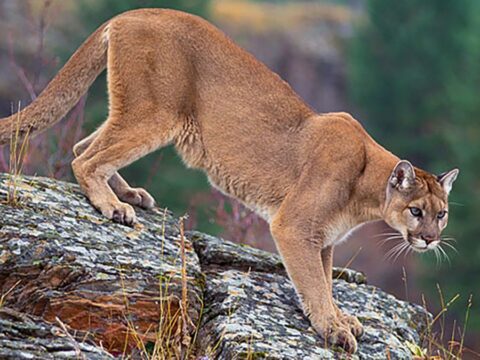
1In 1 playlists
By OB 2020-07
The Great Bear Rainforest holds some of North America’s largest Consumers. Not only does this ecosystem hold Spirit Bears but also, Cougars, Wolves, Grizzly Bears, Orca’s, and Humpbacks just naming a few.
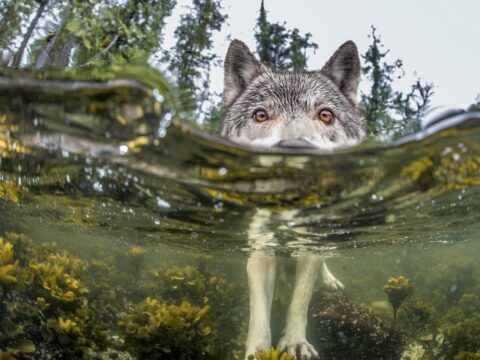
1In 1 playlists
By OB 2020-07
The wolves of The Great Bear Rainforest are different from other wolves, they have adapted to their environment and started to hunt salmon and seals as a source of food, which is one of many reasons this ecosystem is unique.
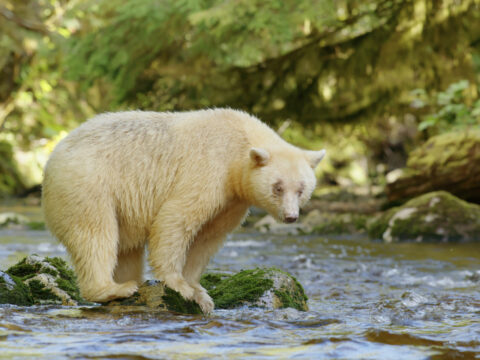
1In 1 playlists
By OB 2020-07
The kermode bear is the primary endangered species of the great bear rainforest as the bears furry white coat is a rarity caused by a female black bears genes giving the possibility of albinism to a baby black bear. These bears are stronger and better hunters, and less visible to prey nearby unlike there black furred cousins whose dark colouring is easier to spot among the leaves and rivers of the rainforest.
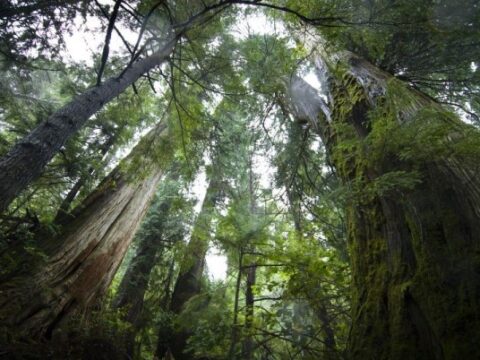
1In 1 playlists
By OB 2020-07
The Great Bear Rainforest is home to a great variety of plants. The forest has an abundance of Coniferous trees which produce plenty of oxygen which helps keep the air clean.
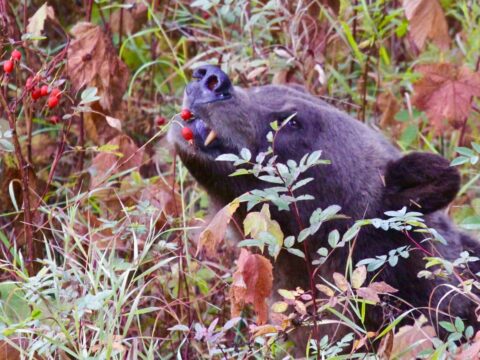
1In 1 playlists
By OB 2020-07
Since the Great Bear Rainforest is a Temperate Rainforest it allows many different species of plants to grow. The Coast of the great Bear Rainforest also holds numerous different kelp forests which also produce food, oxygen, and a home for seals and other marine animals
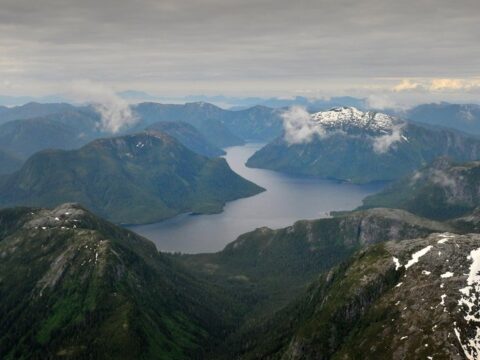
1In 1 playlists
By OB 2020-07
As a rainforest, The climate is temperate and ranges from a high of 17 degrees celsius in the summer to a low of -2 in the winter. Humid winds often blow in from the ocean and fog causes moisture to drip off trees, giving the forest a lush and dense foliage.
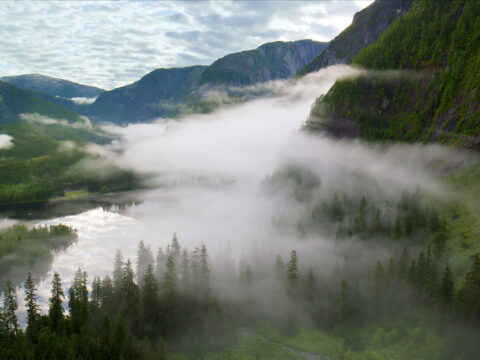
1In 1 playlists
By OB 2020-07
The Great Bear Rainforest has very wet seasons, with an average of 6,650 millimeters per year of rain. Snow falls in the winter months, with heavier snow at higher elevations. Storms can sometimes roll in from the coast and bring havoc.
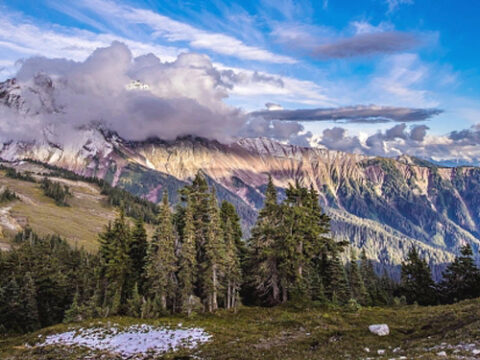
1In 1 playlists
By OB 2020-07
Lightning from storms causes wildfires, but the soil upon which is burnt provides as a great foundation for new life so the forest can start anew in some areas.
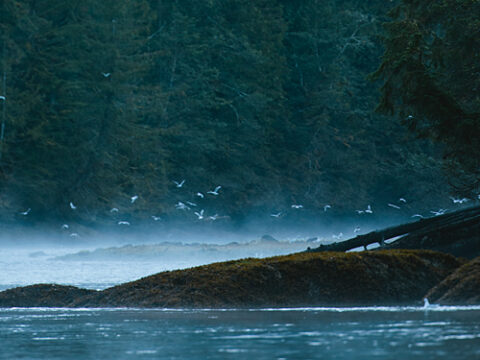
1In 1 playlists
By OB 2020-07
The British Columbia coast runs over four massive slabs of rock called tectonic plates. Over thousands of years these plates have shaped our coast, and primarily the great bear rainforest, creating mountains and ravines and hundreds of inlets, fjords and islands through which the coast of the rainforest cuts into.
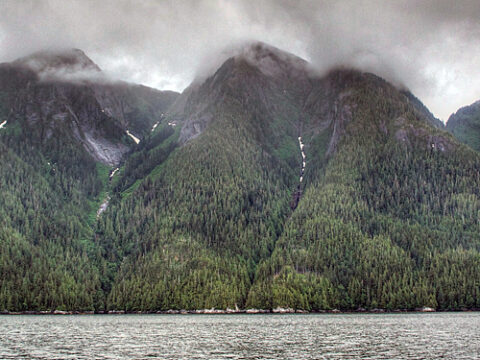
1In 1 playlists
By OB 2020-07
The movement of these plates also causes nutrients to spring up from the ocean floor and sustain the luscious rainforest and helps the biodiverse amount of animals and insects survive and thrive through the tough winters.

1In 1 playlists
By OB 2020-07
To put it simply, the Great bear rainforest is extensively interconnected. The ocean sweeps away sediment and seeds from the forest and provides a nutrient-filled landscape for animals to roam and hunt and plants to grow and thrive.
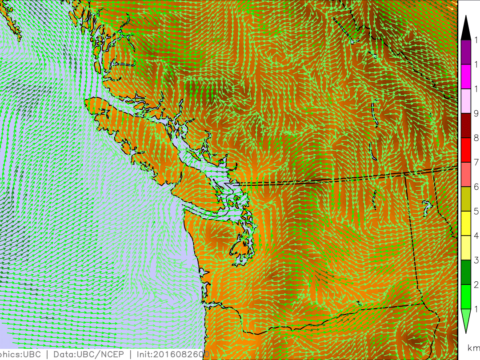
1In 1 playlists
By OB 2020-07
Every action ranging from a gust of wind throwing seeds to a new area where they can grow to the hibernation of the mighty bears plays a role in keeping the forest running, like a giant machine powered by the biodiversity of the forest.
